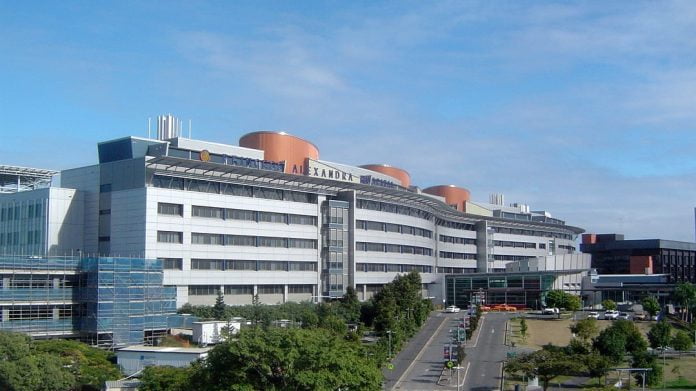An outbreak of the UK strain of COVID-19 in Brisbane, which includes rapid community spread necessitating a city-wide lockdown, highlights just how important it is that security people stay on top of thoughtful COVID strategies, including management of vaccination status.
In this recent outbreak, the virus appears to have emerged twice from Princess Alexandra Hospital and developed into 2 separate clusters, with multiple venues in Brisbane and Byron Bay impacted. The latter has been exposed just prior to BluesFest, a week-long event usually attended by tens of thousands of music lovers that has now banned Queenslanders from attending. How successful this strategy will be is uncertain, especially given several infectious people visited Byron Bay before being diagnosed and there has today been a positive diagnosis from a person who attended a linked venue.
Regardless of how this latest outbreak unfolds, it’s a stark reminder of just how quickly the COVID-19 virus can get away in an open community and just how big an impact it can have on the management of an entire city. For security people it’s been tempting since the beginning of the year to imagine COVID-19 has been defeated and its elimination is mere formality, but that’s simply not the case. The challenging nature of the epidemic, the vagaries of human nature – around 35 per cent of Australians now say they will refuse to be vaccinated against the virus – as well as the slow roll-out of vaccines in Australia due to supply issues, and now worries about AZ vaccine clotting, mean 2021 will be another year of more or less COVID.
When it comes to security applications, the ongoing challenges will mean ensuring customer COVID strategies like proximity detection, people counting, visitor management, overarching reporting functions, and remote functionality are not only maintained but enhanced. Other aspects of a COVID safe environment that still bear consideration revolve around low touch access control solutions, including touchless exit buttons, touchless biometrics, in particular the development of face recognition solutions able to handle access, time and attendance, and contact tracing.
In many cases, the greatest functionalities may be delivered by integration of systems that allow analytics to deliver specific information without the need for searches. This sort of information may include a video record of who came into contact with a particular team member and for how long at every camera point across a site, as well as showing the locations a particular team member visited. Some solutions are highly adept at delivering this sort of information and security managers should be open to their use. The ability to enhance an existing CCTV solution to deliver cast iron evidence of contact adds real value, while the lateral ability to check on security patrols and cleaners adds more value still.
Something COVID-19 has highlighted is the importance to the future of certain fundamental things, including communications, networking, more open platforms and integration partnerships. Video analytics along with everything these entail – cyber security, concrete operational goals, ethical oversight, etc – are increasingly important in layers. Meanwhile, cloud has gone from an optional extra to a central plank of business operations and this trend will continue to flow through to electronic security solutions.
Automation and remote management have become increasingly prevalent thanks to a combination of remote work, a quest for efficiency and a need for speed. Flexible automation functionalities continue to appeal to end users and the functionalities users like to automate revolve around electronic security solutions – this applies to commercial and domestic applications.
Another aspect already touched on here is underlying network services. One thing COVID has done is drive up bandwidth usage and introduce greater network contention as huge numbers of business and homes rely on cloud-based and streaming services. The upshot of peak period latency is preparedness to pay extra for high performance connections – NBN250 is one of the fastest.
This service delivers a claimed 250Mbps download speed in the evenings (how late in the evening they don’t say) at a cost of not much more than $A100 a month. There’s also a 1000Mbps down/50Mbps up plan on the market, though performance up seems lacklustre for professional applications needing surety. This sort of performance at these prices was impossible to imagine pre-COVID and it’s performance like this that will help drive electronic security applications forward.
Something else that’s certain to impact on access control applications and visitor management systems post this Brisbane outbreak is procedures around vaccination management. How staggered vaccination will be handled as part of access policy and procedure is going to be a matter for each organisation, but it’s certain that many organisations will make COVID vaccination a health and safety requirement, even before international travels reboots. For security managers and security integrators the time to get around vaccination status management and reporting strategies is now.
#sen.news











